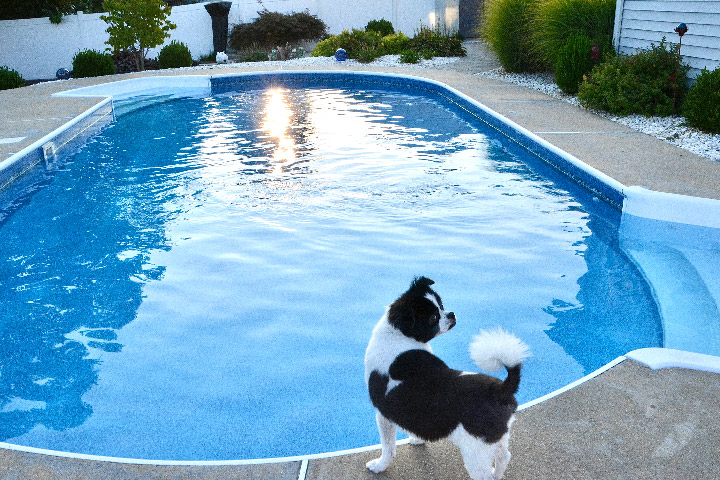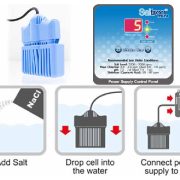
Free Chlorine vs. Combined Chlorine: A Guide for New Pool Owners
Understanding the Differences and Importance of Free and Combined Chlorine in Your Swimming Pool
As a new pool owner, you’ll soon discover that maintaining proper water chemistry is crucial for ensuring a clean, safe, and enjoyable swimming environment. One of the essential components of pool water chemistry is chlorine, which acts as a sanitizer to kill bacteria, algae, and other contaminants. However, not all chlorine in your pool is equal. In this article, we will explain the differences between free chlorine and combined chlorine, why they matter, and how to balance them effectively.
Free Chlorine vs. Combined Chlorine
- Free Chlorine: Free chlorine is the active and available form of chlorine in your pool water that can kill bacteria, algae, and other contaminants. It is responsible for the sanitizing and oxidizing power that keeps your pool clean and safe for swimmers. The ideal free chlorine level in a swimming pool should be between 1 and 3 parts per million (ppm).
- Combined Chlorine: Combined chlorine, also known as chloramines, is the result of free chlorine reacting with ammonia and other nitrogen-containing contaminants introduced into the pool by swimmers (such as sweat and urine) or environmental factors (like rain or debris). Combined chlorine is less effective as a sanitizer and can cause issues such as:
- Strong chlorine odor
- Eye and skin irritation for swimmers
- Cloudy pool water
- Reduced sanitizer effectiveness
To maintain a healthy pool environment, it’s essential to minimize combined chlorine levels.
Why It Matters
Understanding the difference between free chlorine and combined chlorine is crucial because it directly impacts the cleanliness and safety of your pool water. A pool with a high level of combined chlorine indicates that the sanitizing capacity of the free chlorine is being compromised, leading to an increased risk of contamination and discomfort for swimmers. By maintaining an optimal balance between free and combined chlorine, you can ensure that your pool remains clean, safe, and enjoyable for everyone.
Balancing Free and Combined Chlorine
To balance free and combined chlorine levels in your swimming pool, follow these guidelines:
- Test Regularly: Regularly test your pool water, at least once a week, using a reliable test kit or test strips that measure both free and combined chlorine levels.
- Maintain Optimal Free Chlorine Levels: Ensure that your free chlorine level is within the recommended range of 1 to 3 ppm. You can add chlorine to your pool using various methods, such as liquid chlorine, granular chlorine, chlorine tablets, or a saltwater chlorine generator.
- Break Down Combined Chlorine: If your combined chlorine level is above 0.5 ppm, you should perform a process called breakpoint chlorination or shock treatment to eliminate the chloramines. This process involves adding a large dose of chlorine (usually in the form of calcium hypochlorite or sodium dichlor) to raise the free chlorine level to 10 times the combined chlorine level. This high concentration of free chlorine breaks down the chloramines and restores your pool’s sanitizing capacity.
- Monitor and Adjust: After performing breakpoint chlorination, allow the pool water to circulate for several hours or overnight, then re-test the water. If needed, repeat the breakpoint chlorination process until the combined chlorine level is below 0.5 ppm.
Conclusion
Understanding the differences between free chlorine and combined chlorine is essential for maintaining a clean, safe, and enjoyable swimming environment. By regularly testing and balancing your pool water’s chlorine levels, you can prevent common pool problems and protect both your pool equipment and swimmers’ health. With a little knowledge and regular maintenance, you can keep your pool in optimal condition and enjoy a refreshing swim all season long




